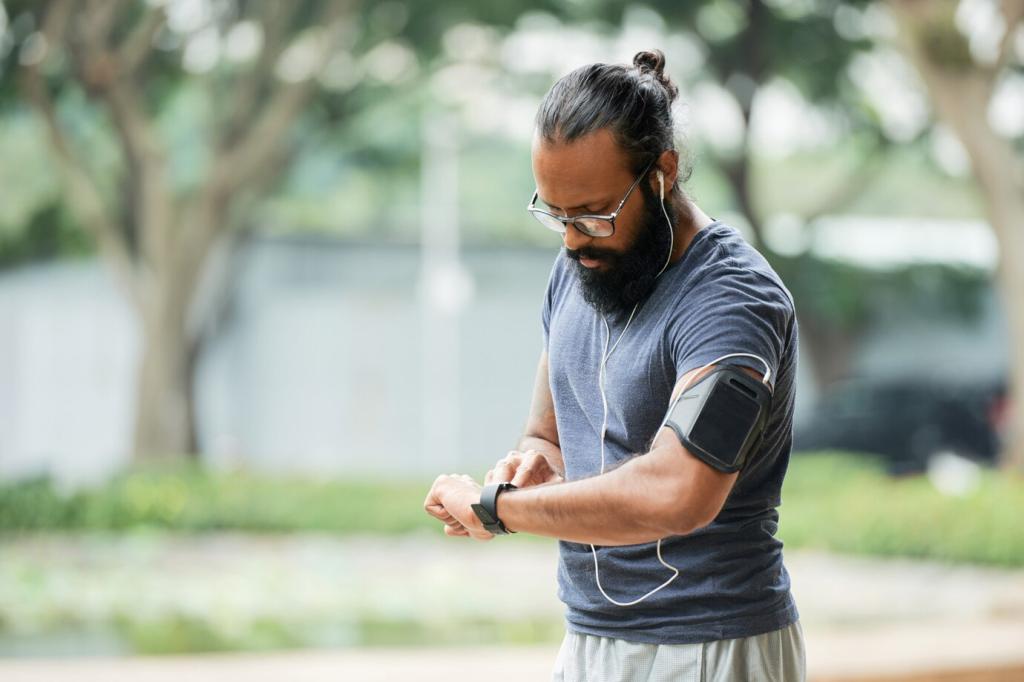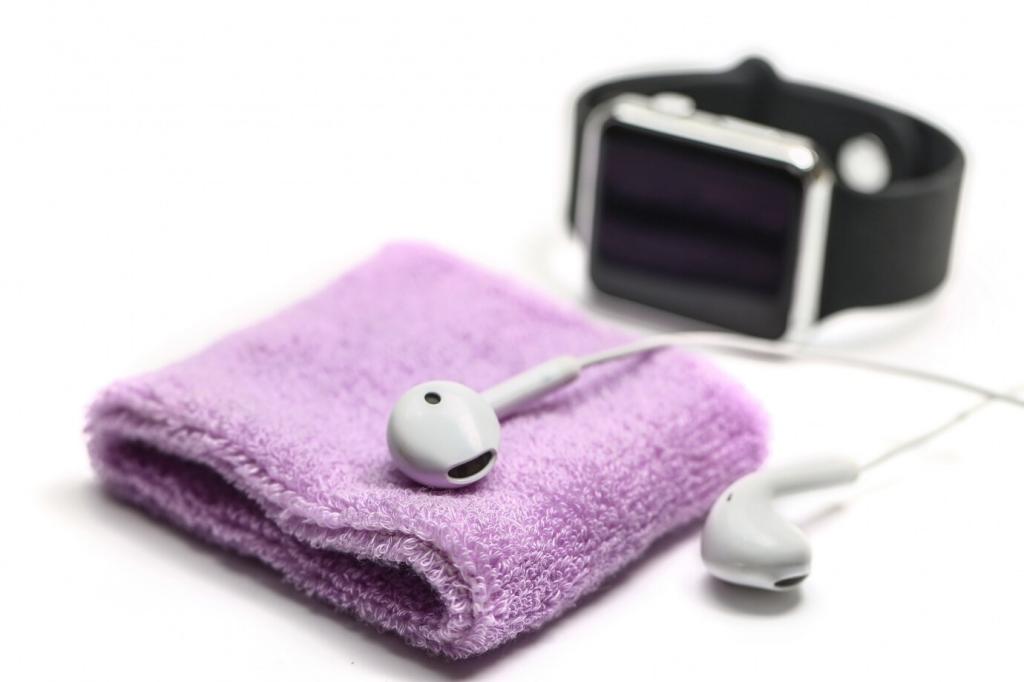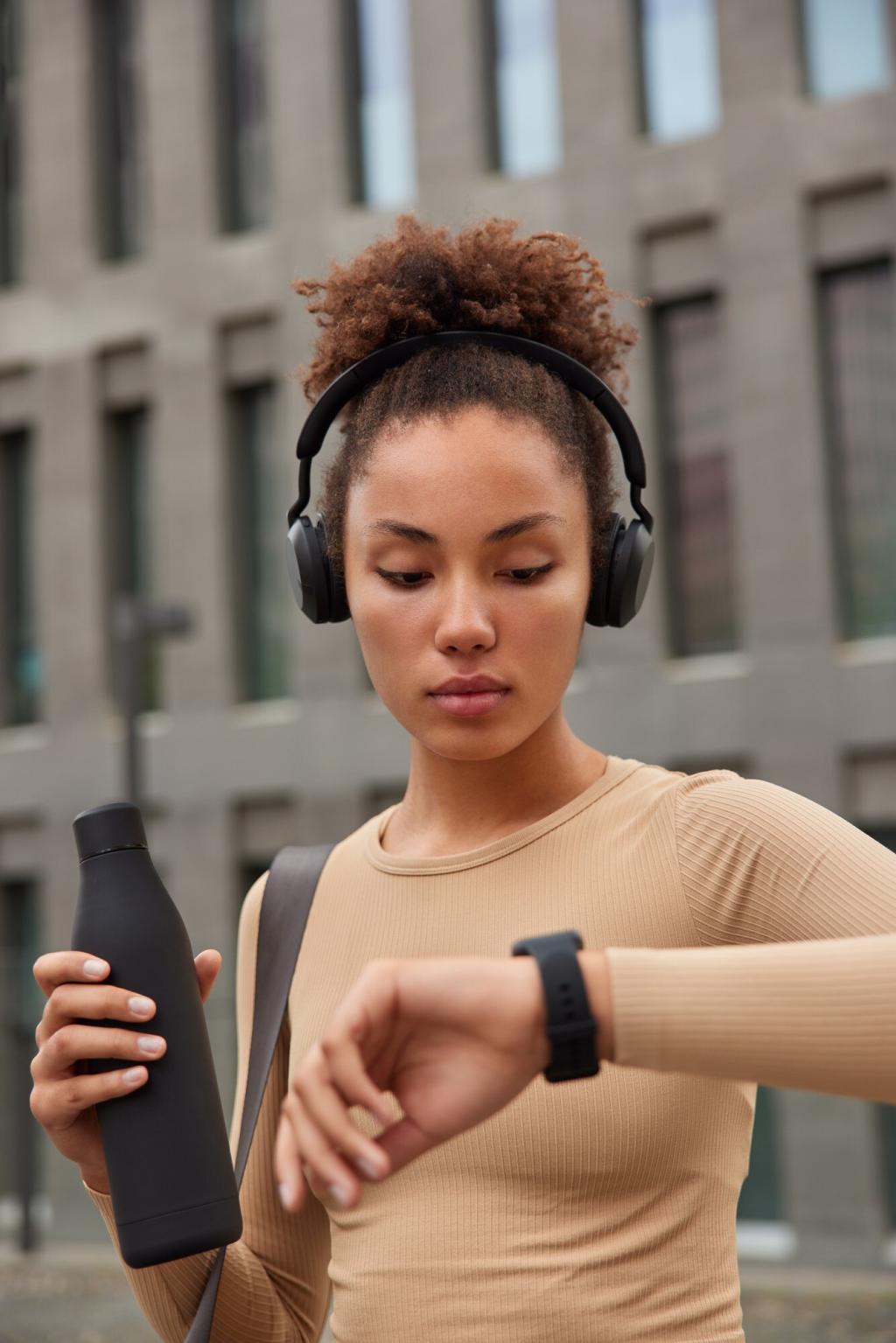
Emerging Trends in Wearable Health Technology
In recent years, wearable health technology has revolutionized the healthcare landscape, offering new possibilities for personal wellness, disease management, and remote monitoring. Driven by advancements in sensors, artificial intelligence, and data analytics, wearables are becoming increasingly sophisticated, user-friendly, and critical to preventive care. From fitness trackers to medical-grade devices, these innovations are reshaping how individuals, clinicians, and researchers approach health data, making the future of healthcare not just digital but truly wearable.
Previous
Next

Adaptive Coaching
Wearables with adaptive coaching features dynamically adjust their recommendations based on a user’s current activity, progress, and goals. Instead of offering static advice, they learn from routine patterns, sleep cycles, and physiological responses, tailoring coaching tips to maximize motivation and results. Such coaching adapts not just to fitness levels, but also to recovery times, sleep quality, and even stress management, fostering holistic well-being.

Dynamic Goal Setting
Traditional wearables often required manual goal setting, but emerging devices use real-time analytics to propose and adjust goals automatically. By considering progress, daily fluctuations, and historical trends, these wearables set achievable, incremental objectives that keep users motivated without leading to burnout. This dynamic approach helps build healthier habits by aligning targets with personal capacities, lifestyle changes, and specific health outcomes.

Health Risk Assessment
Personalized risk assessments are becoming standard in advanced wearables. By continuously evaluating data trends, these devices can alert users to potential health risks, such as arrhythmias, sleep apnea, or dehydration, long before symptoms become noticeable. Through comparison with anonymized population data and individual baselines, users receive risk ratings and preventive recommendations, making early intervention more accessible than ever before.
Enhanced Remote Patient Monitoring
Clinical-Grade Devices at Home
The development of medical-grade wearables empowers patients to track vital parameters such as ECG, blood oxygen, and blood pressure with accuracy suitable for clinical decision-making. Unlike earlier consumer-only wearables, these devices fulfill regulatory standards, providing trusted data for healthcare providers. Patients with chronic illnesses can now be closely monitored in the comfort of their homes, facilitating timely interventions while reducing the burden on healthcare systems.
Secure Data Transmission
One crucial aspect of RPM is the secure and seamless transmission of health data from wearables to healthcare providers. Emerging protocols ensure that sensitive information is encrypted, compliant with privacy regulations, and accessible only to authorized personnel. Improvements in wireless connectivity minimize data loss, allowing for uninterrupted monitoring. These advancements assure both patients and clinicians of the confidentiality and integrity of healthcare data shared through wearable technologies.
Proactive Health Alerts
Wearables for RPM are increasingly offering proactive alerts that notify patients and their providers of significant deviations from health baselines. By leveraging continuous monitoring, the devices can identify irregular heart rhythms, sudden drops in blood pressure, or deteriorating respiratory functions. Early warning notifications empower users to seek medical advice promptly, while also enabling clinicians to intervene before complications escalate, thus enhancing outcomes and reducing emergency incidents.
Predictive Analytics
AI-driven wearables employ predictive analytics to forecast potential health events, such as cardiac incidents, sleep disturbances, or metabolic crashes. By synthesizing historical and real-time data, these devices identify subtle trends that may precede adverse events, enabling early mitigation measures. Predictive models adapt continuously, learning from user feedback and outcomes, which increases their accuracy and relevance over time.
Natural Language Processing
Wearables with integrated natural language processing (NLP) allow for intuitive human-device interaction. Through voice commands and conversational interfaces, users can query health data, set reminders, or receive wellness advice directly from their devices. NLP not only enhances accessibility for users of all technical abilities, but also fosters emotional engagement, making the management of health more convenient and less intimidating.
Personalized Feedback Loops
AI enables the creation of personalized feedback loops that continually refine the experience and guidance offered by wearables. Devices analyze individual user responses to recommendations and outcomes, customizing future advice accordingly. This feedback mechanism ensures wearables remain relevant to changing health circumstances, learning from what works best for each user and fostering sustained engagement with personalized care plans.
Focus on Mental Health and Well-Being
01
Modern wearables can detect physiological indicators of stress, such as heart rate variability and skin conductance. By analyzing these metrics alongside behavioral cues, the devices offer real-time feedback and relaxation techniques, including guided breathing and mindfulness sessions. Early identification of elevated stress allows users to intervene before it becomes chronic, supporting better long-term mental health and resilience.
02
Advanced algorithms in wearables now support the tracking of mood fluctuations by synthesizing self-reported data with physiological signals. Users can log their emotional states, while the device identifies patterns linking mood to physical activity, sleep, or social interactions. Over time, these insights help users recognize triggers and optimize behaviors, fostering improved emotional balance and psychological awareness.
03
Sleep features in wearable devices have progressed from simple duration tracking to comprehensive sleep stage analysis and optimization recommendations. Wearables now evaluate sleep cycles, disruptions, and environmental factors, delivering actionable feedback such as ideal sleep and wake times or suggestions to improve routines. Optimized sleep translates directly to enhanced mental and physical health, making high-quality rest a core focus for next-generation wearables.
Miniaturization and User-Centered Design
01
Comfort and Discretion
Wearables today are designed to be as unobtrusive as possible, employing lightweight materials, breathable fabrics, and streamlined profiles. Whether as wristbands, patches, rings, or even integrated into clothing, these devices prioritize user comfort and discretion, encouraging continuous wear. Such ergonomic designs remove barriers for long-term monitoring, ensuring that users can track their health seamlessly throughout varied activities and environments.
02
All-Day Battery Life
A critical aspect of miniaturized wearables is the enhancement of energy efficiency, allowing for all-day or even multi-day battery life despite compact sizes. Manufacturers are leveraging low-power sensors, intelligent power management, and inductive charging solutions to achieve extended operation times. Users benefit from fewer interruptions for recharging, ensuring they receive uninterrupted health insights and uninterrupted tracking over time.
03
Fashion and Personalization
Acknowledging that wearables are lifestyle accessories as well as health tools, designers are increasingly focusing on aesthetics and personalization. Customizable bands, interchangeable covers, and a range of colors and finishes make wearables appealing to diverse user groups. This attention to fashion, combined with functional excellence, makes health tracking an integrated and attractive element of daily routines.
Interoperability and Ecosystem Integration
Wearables now offer the capability to synchronize data across multiple devices, be it smartphones, tablets, or connected home health systems. This synchronization ensures information consistency, enables cross-platform analysis, and allows users to access health data from any device. Coordinated device ecosystems create a unified health profile, simplifying data interpretation and action.
Integration with electronic health records (EHRs) is becoming more common, providing healthcare providers with direct access to wearable-generated data within clinical workflows. This compatibility streamlines appointments, supports evidence-based decision-making, and reduces manual data entry. When patients’ wearable data is securely incorporated into their medical records, the continuum of care is enhanced, fostering personalized and proactive treatment plans.
To facilitate greater interoperability, wearable companies are embracing partnerships with third-party developers and providing robust APIs. This openness allows health and wellness apps, remote monitoring platforms, and research tools to tap directly into wearables’ data streams. Such collaborations expand the functionality of wearables, supporting a broader range of applications and making the ecosystem more dynamic and responsive to new health challenges.

